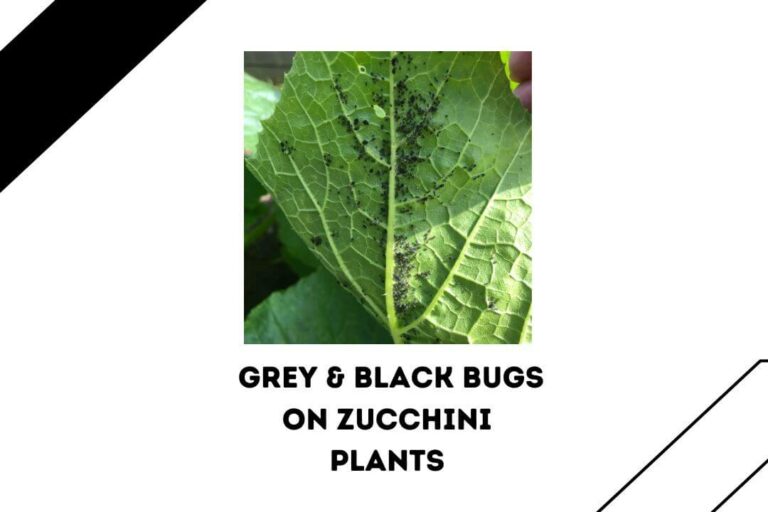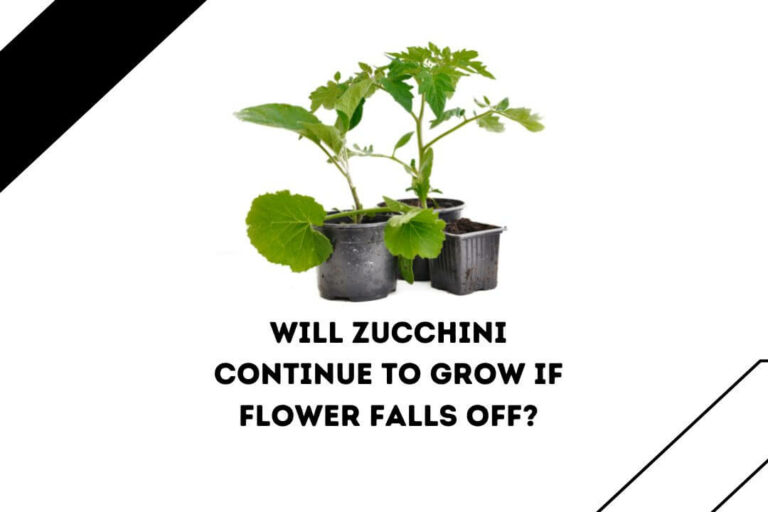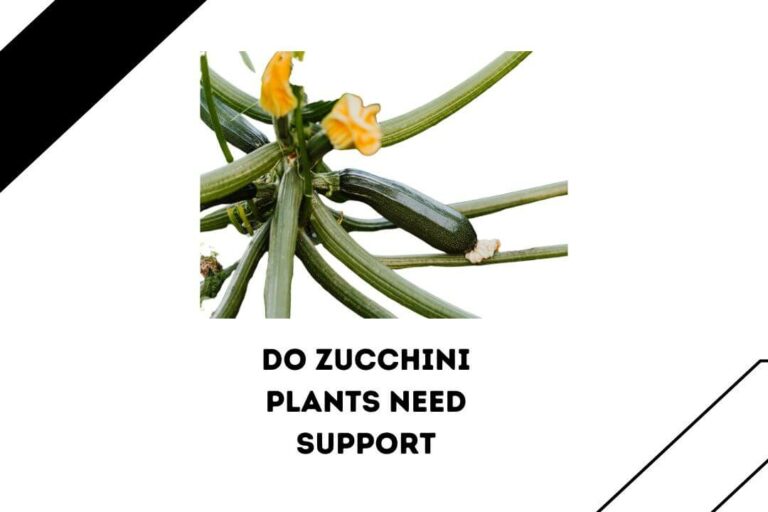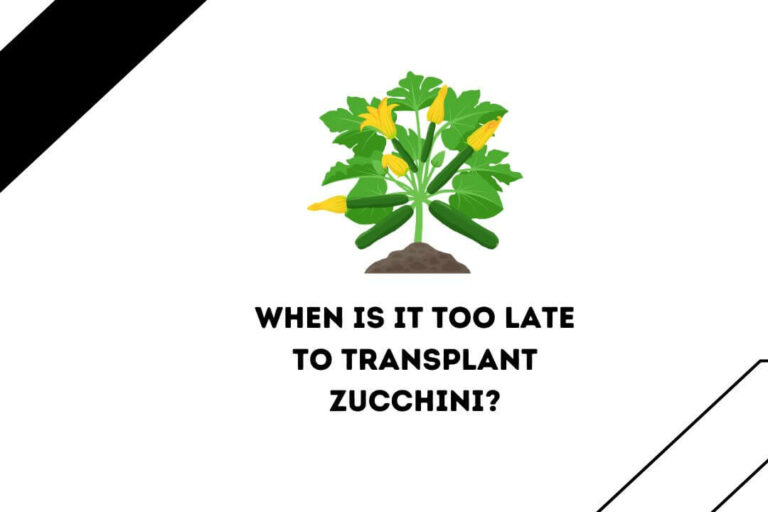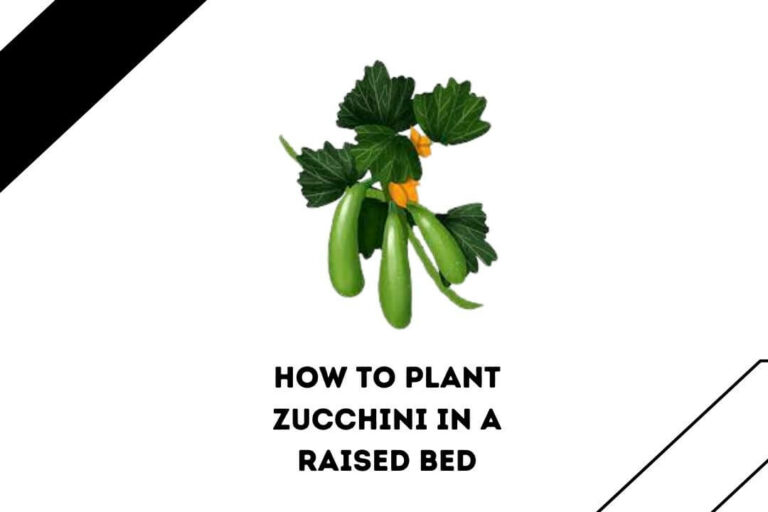Don’t worry much if you’re wondering, ‘why are my light zucchini green.’ This is a common concern among gardeners who expect their zucchinis to have that deep green color.
Your zucchinis may be light green due to immature fruits, improper soil pH levels, genetics, disease, lack of sunlight, and nutrient Deficiency. Since many factors can contribute to Zucchini’s color, first identify the cause of the issue, then take the proper steps to address it.
Fortunately, I will help you explore seven possible reasons for this phenomenon, including environmental factors, plant genetics, etc. I hope you will better understand why your zucchini plant is light green after reading this article. By this article’s end, you will know what you can do about it. Therefore, let’s first find an actual explanation for this common phenomenon.
7 Reasons Why Are My Zucchini Light Green

Immature Zucchini
One possible reason your Zucchini is light green is that it may not have fully matured yet. I don’t need to tell you that young Zucchini plants tend to be lighter in green and gradually turn dark as they age or grow.
Generally, it would be best to harvest your Zucchini when it is 6 to 8 inches long with a deep green color. I have seen many people harvesting young zucchinis before they’ve even had a chance to mature fully. If this is the case, your Zucchini might appear lighter in color due to continuous harvesting before getting fully developed.
Nutrient Deficiencies
Another possible reason your light green Zucchini plant could be a nutrient deficiency. I have seen many people, especially beginners, provide imbalanced nutrients and fertilizers. Ensure to provide adequate nitrogen, Phosphorus, and potassium to grow your Zucchini plant healthy and strong.
To find out if your plant is suffering from nutrient deficiency, get a soil testing kit from a local Store or online. After that, test your soil, or take a sample of the earth to get it tested in a lab to determine what nutrients it needs. I’ll highly advise you to consider using Epsom salt for Zucchini plant to improve nutrient intake.
As per the UGA, you should provide at least 160 pounds of nitrogen per acre yearly to produce a healthy crop. Hence, If your soil lacks essential nutrients, you will find your Zucchini plant struggling correctly. Thus it may end up being lighter in color.
Pests and Diseases
A pest infestation can also result in the Zucchini plant color change. If your plant is suffering from pest infestation or disease, it might cause your Zucchini to be light green.
Did you know that squash bugs can cause stunted growth and yellowing leaves, leading to light green zucchinis? If you want, you can use recent articles on Grey, Black, & Squash Bugs On Zucchini Plants (101 Guide) to treat this specific condition. Other than this, powdery mildew, a prevalent fungal disease known for affecting many plants, can cause the same result as stunted growth and light green zucchini. The University of Massachusetts Amherst study shows that powdery mildew can cause significant yield losses if left untreated. In addition, if you notice your plant leaves with spots, pests are likely to be feeding on it. If you want to know more, check these articles out on”
| What Is Eating My Zucchini Flowers? [Pests & Animals] |
| What Is Eating My Zucchini Fruit? [Pre & Post Step] |
Extreme Heat
As per World Meteorological Organization, the United States experienced its hottest summer in 2021. They recorded many, many regions with record-breaking heat waves.
Therefore you should always provide proper protection to your plant from extreme heat. The high temperature will stress your plant and affect its ability to produce chlorophyll, the pigment that gives plants een color.
Therefore if you have planted your Zucchini or If your zucchinis were growing during the h extreme heat might be why your Zucchini plant is in light green.
Lack of Sunlight
Like many other plants, your zucchinis need adequate sunlight to grow & thrive. Thus, if your zucchinis are not getting the proper sun, you’ll find it lighter in color. According to the Old Farmer’s Almanac, you must provide a minimum of six hours of direct sunlight per day to grow Zucchini properly.
Therefore first, I will recommend you check if your Zucchini is in a shady spot or blocked by any other plant. If this is the case, your Zucchini may not be able to get the proper amount of sunlight it needs which can result in lighter-colored fruit.
Genetic Variations
Firstly I recommend you check what variety of Zucchini you have. Some zucchini plant varieties are known to produce yellow and pale green colors, like Caserta, Lebanese, etc.
Therefore, If you planted one of these varieties, your zucchinis may turn or grow light green because of their genetics. This is why I constantly research the specific variety of plants I plan to expand. If you know what type of Zucchini you are planting, you will also know what to expect regarding color and appearance.
Soil pH
Lastly, you should check the pH level of your soil because it can also impact the color of your Zucchini. I hope you already know that Zucchinis need a slightly acidic soil with a pH range between 6.0-7.5.
If your soil is too acidic or alkaline, it can affect your plant’s ability to absorb nutrients efficiently, ingimpacting its growth and color. Encyclopedia Britannica says that soil pH levels can also impact the severity of certain diseases like powdery mildew.
Therefore I recommend you first test your soil and determine its pH level. Sometimes adjusting the pH level of Zucchini plant soil does the work to restore your plant’s natural color.
3 Light Green Kinds Of Zucchini

As I told you earlier, a few varieties of Zucchini are known to produce light green-colored fruits or leaves. This type of Zucchini may appear unique but still offers the same test and health benefits as its darker counterparts. Below I’m listing three light green zucchinis types.
Lebanese Zucchini
Lebanese zucchinis are known for producing light green color with a slightly bulbous shape that tapers towards the stem. You might have encountered one of these in the local supermarket.
These Zucchini are also popularly known as “causa” or “us,” often used in Middle Eastern and Mediterranean cuisine. You can harvest this Zucchini variety when they’re small to medium size.
You can also harvest Lebanese zucchinis only when they are 4-6 inches long. This variety of Zucchini plants also comes with a delicate, sweet flavor and a firm, crisp texture. Since it comes with a thin, tender skin, you can always use it for grilling, stuffing, or adding to stews and soups.
Caserta Zucchini
Have you ever seen the yellow-green color zucchini that comes with a cylindrical shape with rounded ends? If not, look at Caserta zucchinis, an Italian specimen/variety. It would be best to harvest Caserta zucchinis when they are around 6-8 inches long.
Regarding tenderness and flavor, Caserta zucchinis have a slightly nutty flavor and a firm, meaty texture. Caserta zucchinis are also a good fiber, vitamin C, and potassium source. This is very easy to cook, nutrient-rich, and very tender. You can always use it in dishes like ratatouille, frittatas, or roasted vegetables.
Tatume Zucchini
Another famous variety that is native to Mexico is the Tatume Zucchini, which comes with a light green color and a slightly curved shape. Even though it resembles traditional zucchinis, it has a more oblong shape and tends to be more significant.
They can grow up to 8-10 inches long, making them perfect for grilling, sautéing, or using in salads. They are also a good source of vitamin A, folate, and potassium, so never mind trying to plant one in your garden.
Lebanese, Caserta, and Tatume zucchinis are just a few examples of the available light green zucchinis. So, the next time, you are in the grocery store or planning your garden, consider trying out one of these pale green zucchini for a new twist on a classic vegetable.
Conclusion
In this article, I try my best to give you all the information about why my Zucchini is light green. Since there can be many factors involved in causing your plant to turn pale green, you should first determine its variety.
Depending upon the cause, you should take appropriate action systematically. Lebanese, Caserta, and Tatume zucchinis are just a few examples of the available light green zucchinis. Many different zucchini types come with a light green color and unique shapes.
Also, each variety is known for its distinctive taste and texture. Believe it or not, trying out different zucchinis varieties can be a fun and exciting way to add some sort to your garden and meals and experiment with new recipes.
If you’re like me, who loves to experiment with growing different types of vegetables, you should try the Italian and Mexican varieties first. I tried my best to give you all the information you need about why my zucchinis are light cream.
If you find this article helpful, then consider sharing it. Your share will help many people learn about the different varieties of Zucchini plants that have their tastes and texture. Do check our other helpful guide on Zucchini plant care and management. See you in the next post, till then, take care and goodbye.

